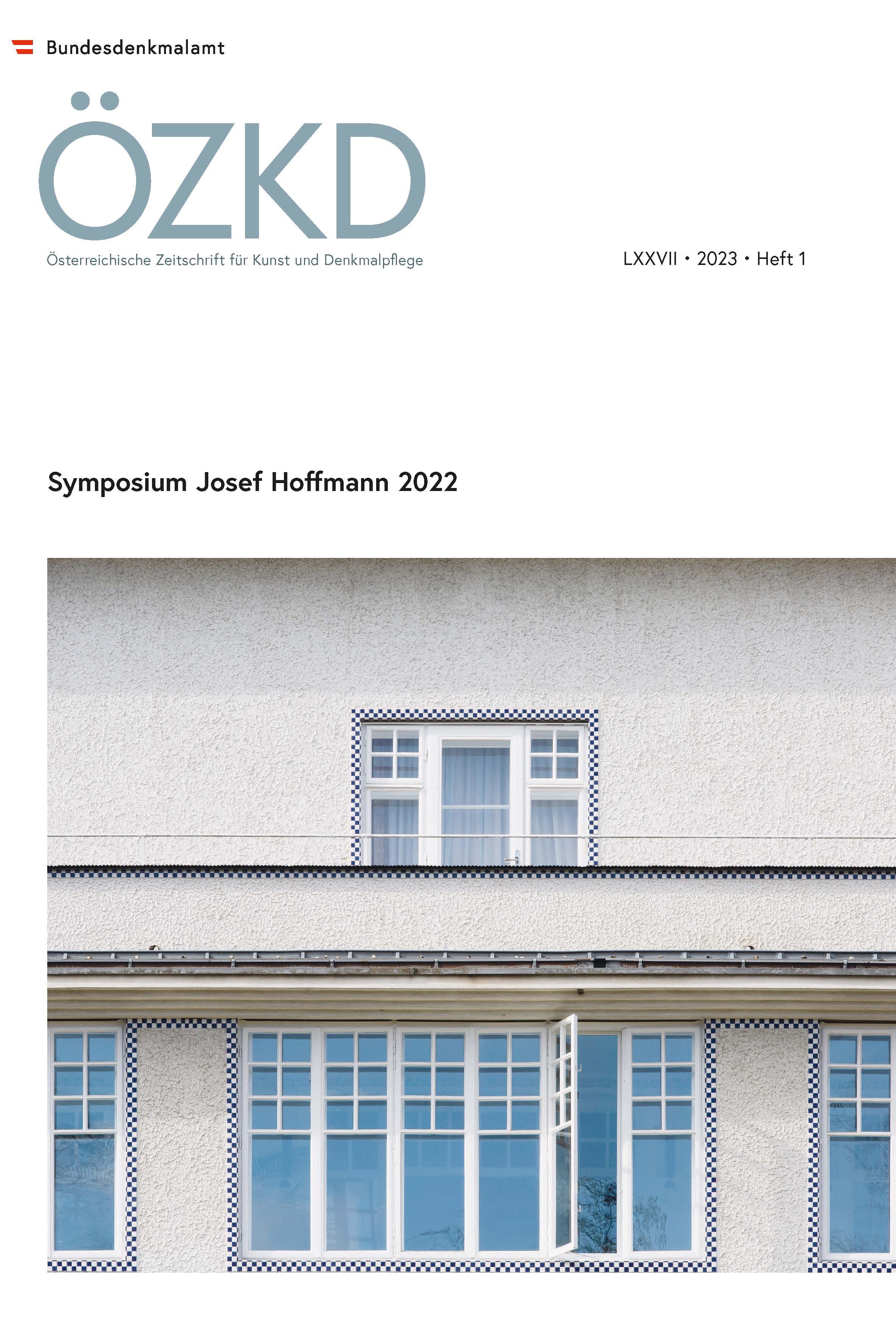
ÖZKD LXXVII Heft 1 Symposium Josef Hoffmann, pp. 57-71, 2024/04/15
Symposium Josef Hoffmann 2022

The history of the Max Welz frame and mouldings factory goes back over several generations of the Welz family, spanning several stylistic epochs, not to mention several different professions. A decisive turn in the history of the family and the company came with the founding of the company in 1870, when Max Welz’s father, Johann Welz, established a gilding and framing company in Vienna’s Neubau district. From 1900 onwards, Max Welz turned the establishment into the most important company of its kind in Austria. The collaboration with some of the most important artists of the Wiener Werkstätte, including Josef Hoffmann, Dagobert Peche, Otto Prutscher and Oswald Haerdtl, was crucial to the company’s success. In 1923 the company was divided into two: in addition to the existing local venue at Neudeggergasse 5, in Vienna’s 8th district, a new production facility and showroom opened its doors at Schottenfeldgasse 45, in Vienna’s 7th district. When Max Welz died in 1942, his daughter Henriette took over the running of the company and succeeded in securing major contracts in the post-World War II period, including the reconstruction of the Vienna State Opera and the Austrian Parliament Building. Her heirs and descendants continue to run the company to this day, albeit only nominally now.